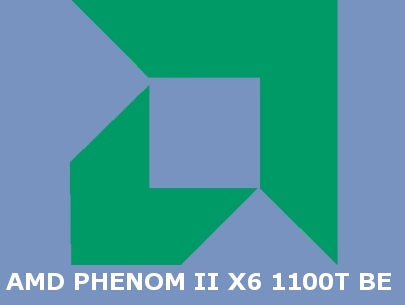AMD Phenom II X6 1100T BE Review
CPU Performance
SiSoftware Sandra (the System ANalyser, Diagnostic and Reporting Assistant) is an information & diagnostic utility capable of benchmarking the performance of individual components inside a PC.
CPU Arithmetic
The CPU arithmetic test ascertains the processor’s capabilities in terms of numerical operations. Two subtests named Dhrystone and Whetstone are carried out respectively. This is not a measure of latency and thus higher is better.
In terms of raw arithmetic performance, the Phenom II X6 processors waddle off to a pretty depressing start. Only at 4.20GHz does the Phenom II show any ability to keep up with the reference clocked i7 950.
CPU Multimedia
The CPU Multimedia Test focuses on CPU based operations that may occur during multimedia based tasks. The magnitude of the score depends on the processor’s ability to handle Integer, Float and Double data types.
…and then all of a sudden the tables turn in a big way. Here the i7 950 cannot keep up with either 1090T or 1100T, let alone once they are overclocked.
CPU Queen
CPU Queen is based on branch prediction and the misprediction penalties that are involved.
The 100MHz increase over the 1090T offers a small performance boost as shown above, while at 4.20GHz the 1100T BE is miles ahead. The reference frequency i7 950 is positioned between the default and overclocked results; a clear win for team blue.
CPU Photoworxx
PhotoWorxx as the name may suggest tests processors by means of invoking functions that are common to Photo Manipulation including Fill, Flip, Crop, Rotate, Difference and Colour to B&W conversion.
Clearly Intel’s performance reign is most noticeable with media/photo editing based tasks. Not even the 4.20GHz Phenom II is a match for the identically priced i7 950 at reference speeds.
CPU ZLib
This is an integer based benchmark that will test the CPU and Memory by means of the CPU ZLib compression library.
The tables turn yet again, with the Core i7 950 falling behind the pack of hex core processors. The next page will cover some more synthetic benchmarks.




